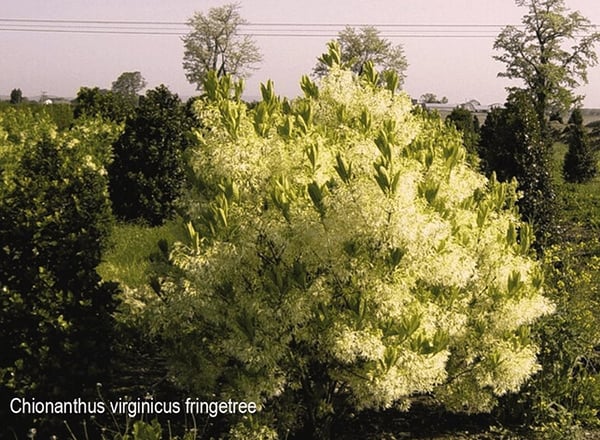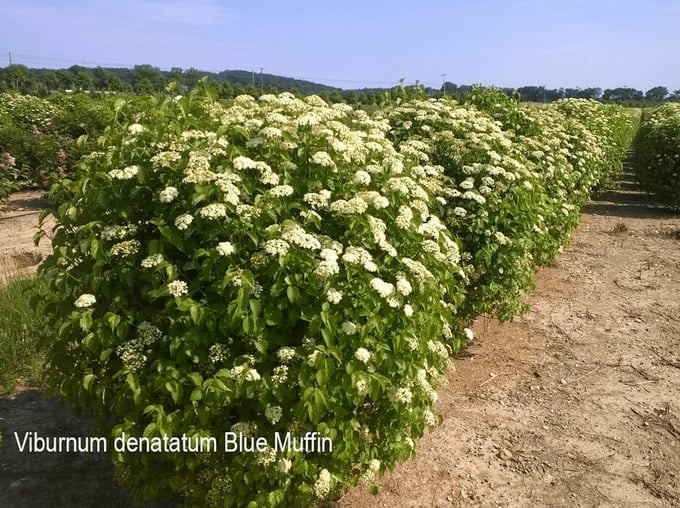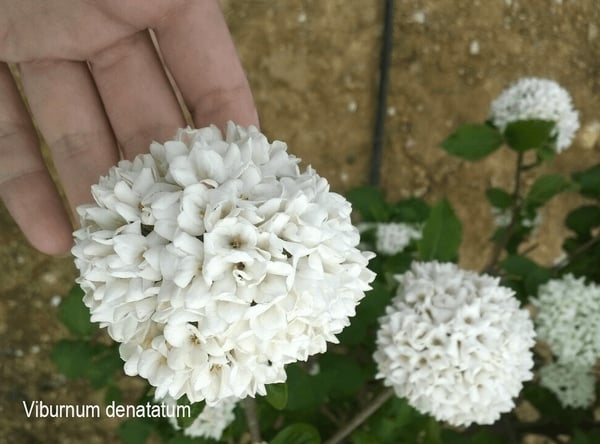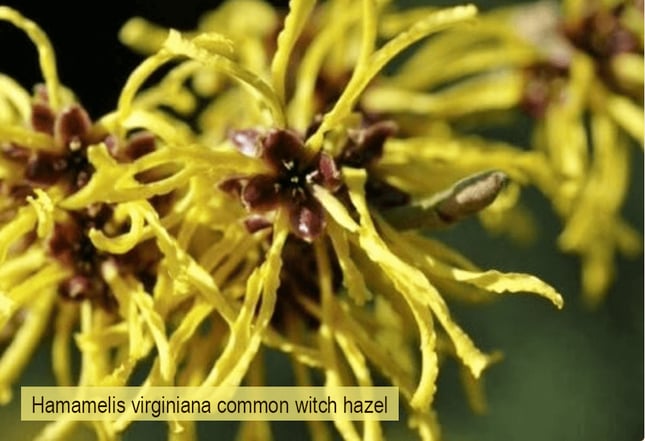More and more customers, from individual homeowners to landscaping companies to property management teams, are looking for native plants for their landscaping projects. On this subject I find the need for a nuanced approach, because there are native plants, and then there are cultivated native plants.
The differences, the pros and cons, are all matters of some contention in the plant growing community. That’s why it is not just helpful but necessary to understand the fine points of natives vs. cultivated natives.
Most plants grown in a nursery are derived from natives using seedling selection, hybridization, or mutation. Some believe the improved plants should be considered to be the same plant as those of native origin because these “improved” cultivars may be better than origin species. But this is far from a consensus view.
What value should be placed on the origin species versus the cultivated versions of it? I want to dig into the differences and, not so much settle the debate, as give you the information you need to make informed decisions for your customers and their landscaping projects.
Native or Cultivated Native - What's the Difference?
 Native Plants
Native Plants
In North America, native trees and shrubs are plants that have evolved over time to survive in specific regions and some of those plants are very widely distributed. They are considered indigenous. That is:
- not introduced through human activity
- present before European settlement
- integral to a native plant community.
In addition to supporting native insect populations, these plants and insects are a crucial part of the larger food web and overall ecological balance of a place.
Cultivated Natives
You might also know these as “cultivars.” This is a term industry types (ok, people like me) made up to recognize plants that were originally considered a native but, through mostly human manipulation, are brought to market as an ‘improved native’. Sometimes this means they just look “prettier” with improved flowering or more consistent growth patterns. Viburnum dentatum is a good example. The native version is very similar to the improved cultivar V. d. ‘Blue Muffin’ chosen for its compact habit and deep blue fall fruit.
Varieties
A variety is a group of plants within a species that has one or more distinguishing characteristics. Here’s a simple way to look at it. The cultivar is a variety that is produced and maintained by horticulturists. A variety is a plant identical to others of the same name but differs in one or more attributes that evolved naturally. For instance, you are no doubt familiar with the Cornus kousa variety chinensis, known as kousa dogwood or Chinese dogwood, which of course is only native if you are living in parts of eastern Asia.
Native Plant or Cultivar - Does the Difference Matter?
 I hope you will not be shocked to learn that it depends on what you and your customers are looking for. There are definitely some differences you should be aware of as you plan landscape designs and sell to customers. Native trees and shrubs may be less refined than the cultivated versions. That’s a big reason why the cultivars exist. Cultivars are more predictable. That predictability means they are more easily incorporated into today’s increasingly compact landscapes.
I hope you will not be shocked to learn that it depends on what you and your customers are looking for. There are definitely some differences you should be aware of as you plan landscape designs and sell to customers. Native trees and shrubs may be less refined than the cultivated versions. That’s a big reason why the cultivars exist. Cultivars are more predictable. That predictability means they are more easily incorporated into today’s increasingly compact landscapes.
Cultivated natives also offer more choice. So cultivars of flowering plants almost always come in a wider array of colors, allowing the designer to use the same plant on a given site, but with a bit of drama in the change of color. If you’ve seen the explosion of color choices with hydrangea and hibiscus in the past few years, you know what I’m talking about.
Most hybridized plants are cultivated to “improve the appearance of the plant.” This would include attributes like stronger stems, more robust or uniform flower, etc. But at least of equal importance are the enhancements that mean cultivars are more hardy, with increased disease and pest resistance. You can thank your producers of cultivated natives for Dutch Elm disease and Chestnut blight resistant plants.
By now you’re thinking, “Cultivated natives are awesome! What’s the debate?” Here’s where I launch into a series of important caveats. This first one is a big deal. There is some question as to the attractiveness of the plants to pollinators when it comes to cultivated natives versus origin natives. Will the cultivated version of a native provide nectar for an equal number of pollinators, for example? Will it fulfill the same function in the ecosystem as the origin species? For a definitive answer to those questions regarding the potential differences between cultivated natives vs. natives, we’ll just have to wait for the research to get published.
Creating Environments That Play Nice With "The Environment"
 Native plants exist as players in a complex natural system where relationships between plants and living organisms (birds, mammals, insects, microbial life) center around food and shelter. Native trees and shrubs may not always be the solution in a landscaping situation and don’t always have to be. The reason breeders hybridize natives is to find a better plant for a given situation. That might mean branching structure, uniformity, flower variety, flowering characteristics, cold hardiness, or resistance to prevalent diseases.
Native plants exist as players in a complex natural system where relationships between plants and living organisms (birds, mammals, insects, microbial life) center around food and shelter. Native trees and shrubs may not always be the solution in a landscaping situation and don’t always have to be. The reason breeders hybridize natives is to find a better plant for a given situation. That might mean branching structure, uniformity, flower variety, flowering characteristics, cold hardiness, or resistance to prevalent diseases.
It’s safe to say that most growers are not for or against native plants or cultivars of natives. They are growing plants for the modern landscape. They are producing plants that will succeed in that “curated environment” and bring happiness and joy to the end user. But questions from those end users are not going away any time soon. So you’ve got to be able to discuss what you know about natives and cultivated natives so those curated environments meet and exceed the customer's expectations.
Reserving the plants you need for when you need them can be a real challenge. Download our ebook Solving Plant Shortages in a High Demand Landscaping Market to learn about practical solutions to common plant sourcing problems.





